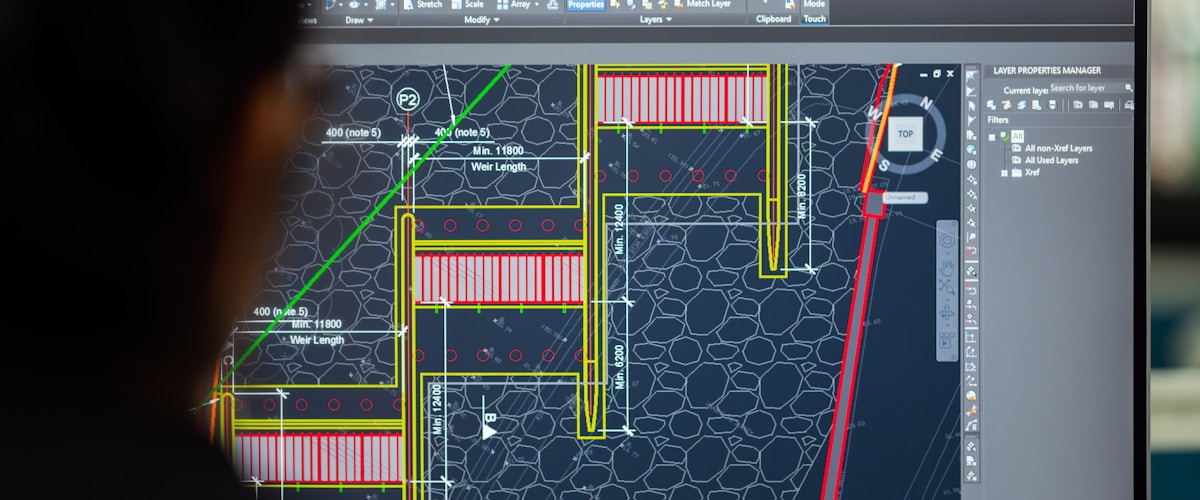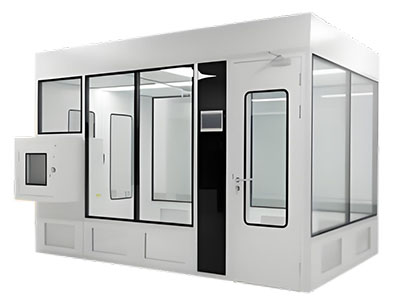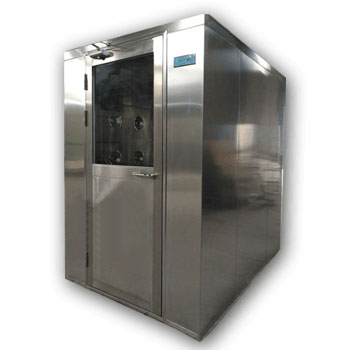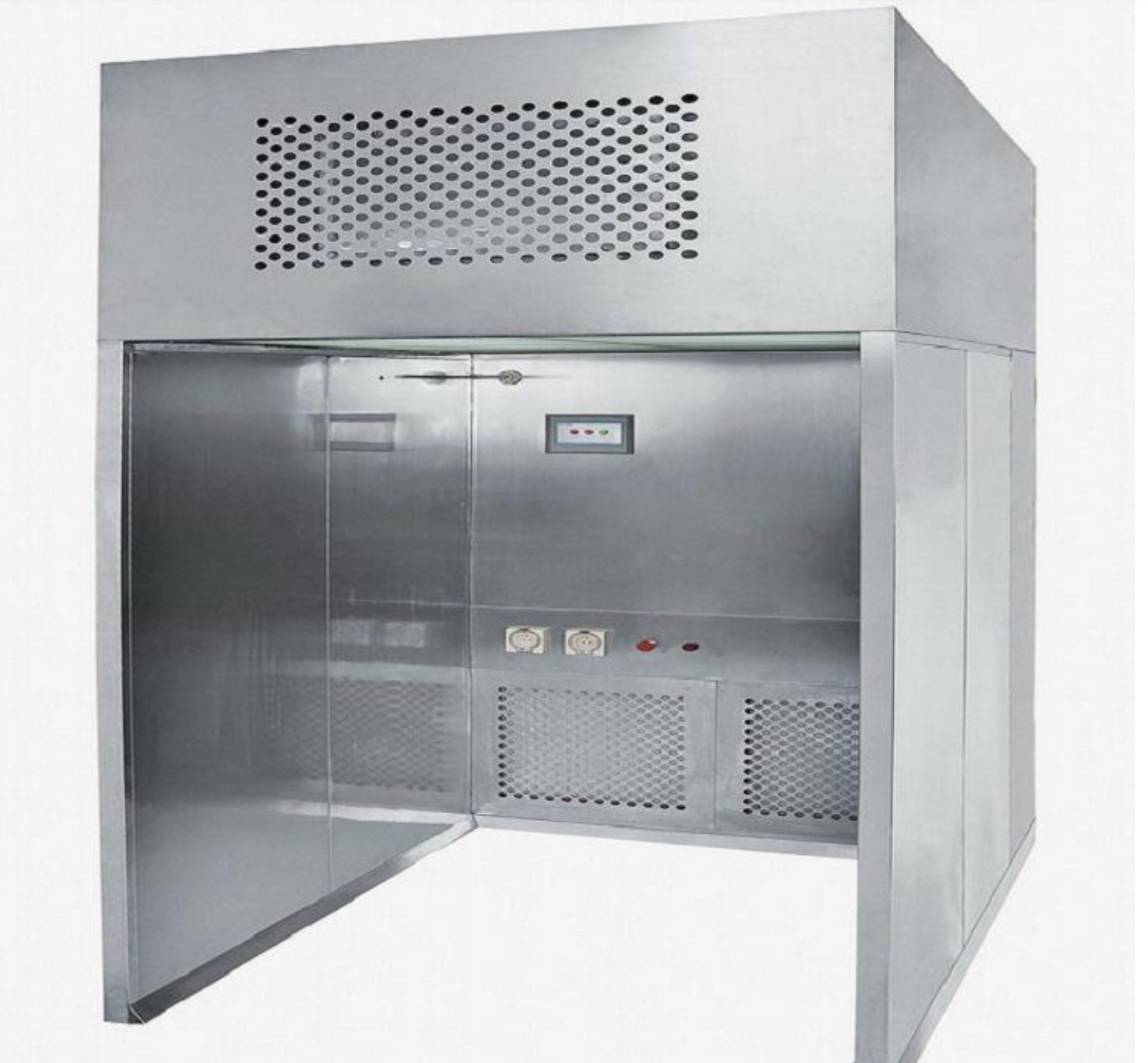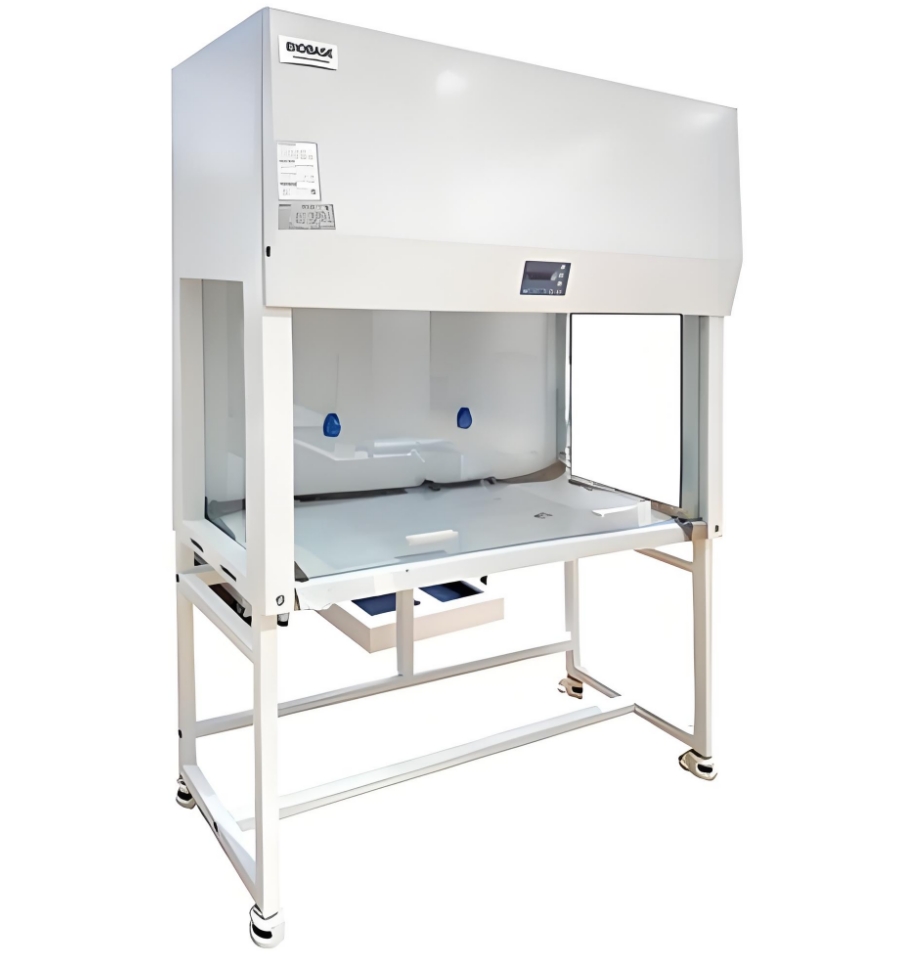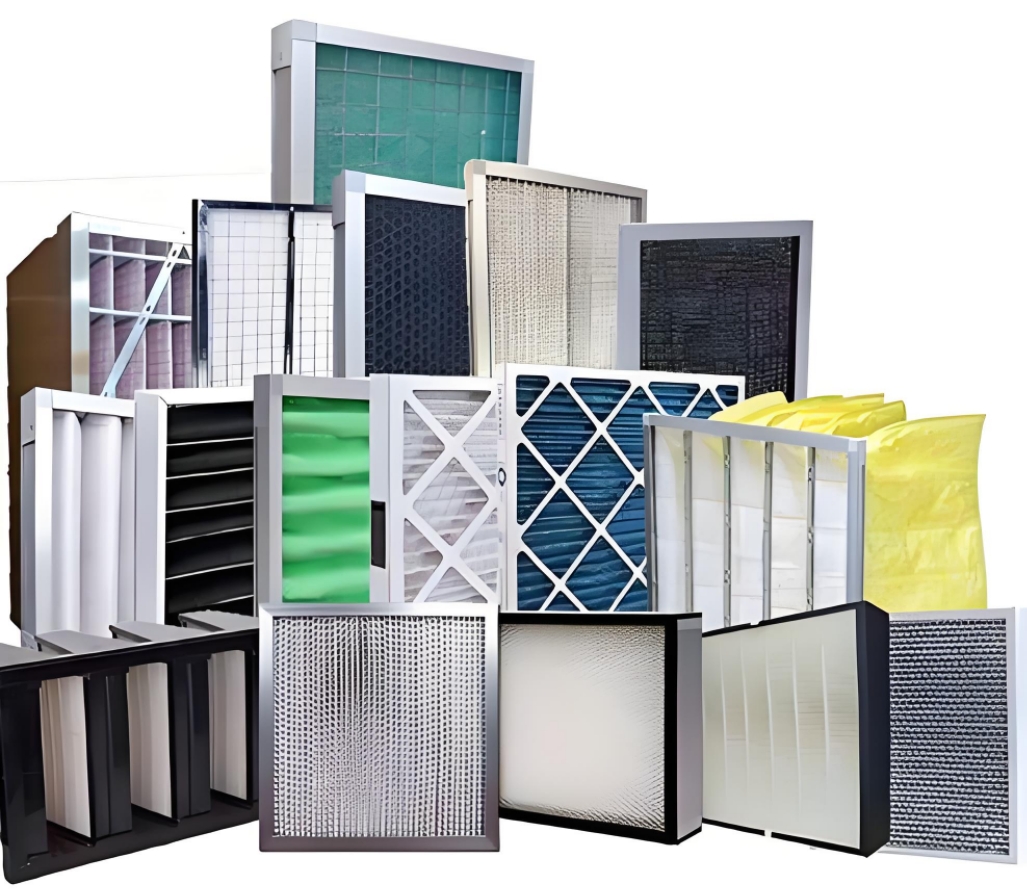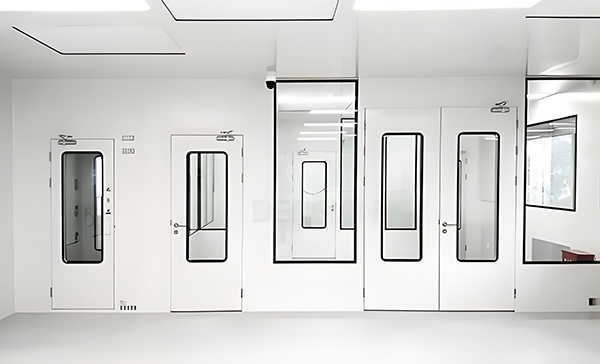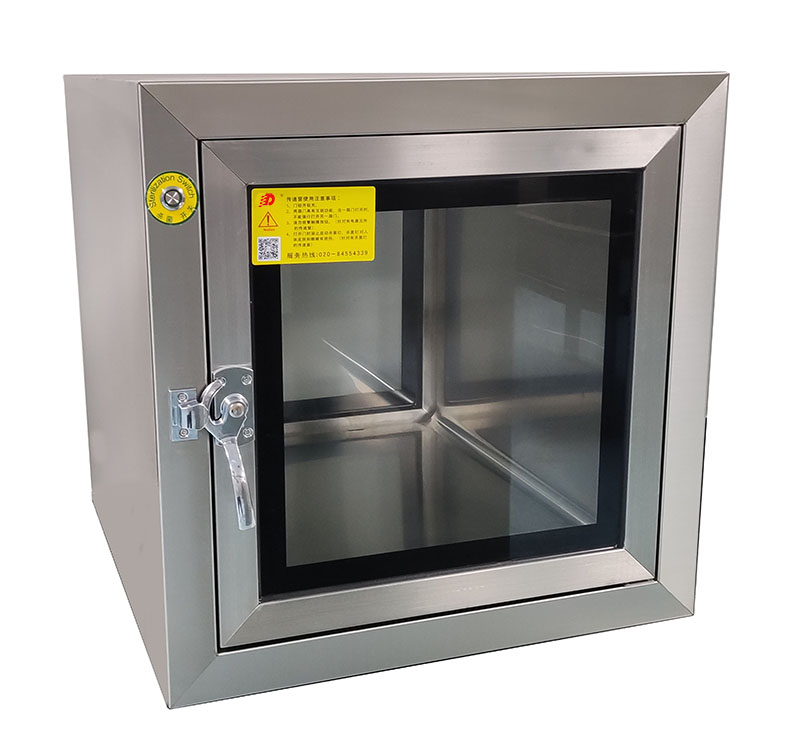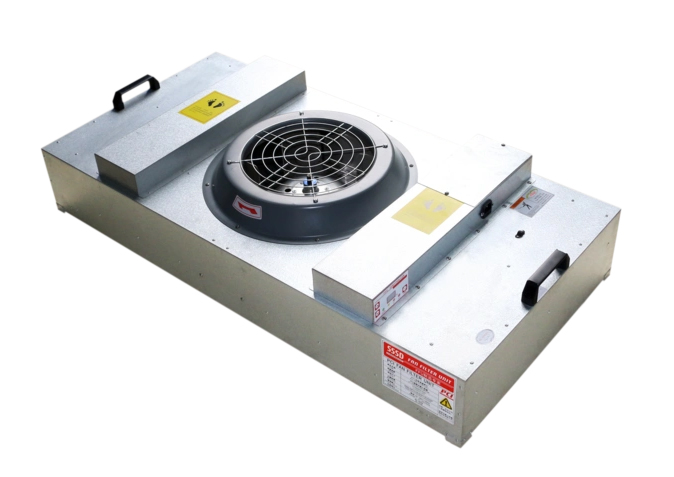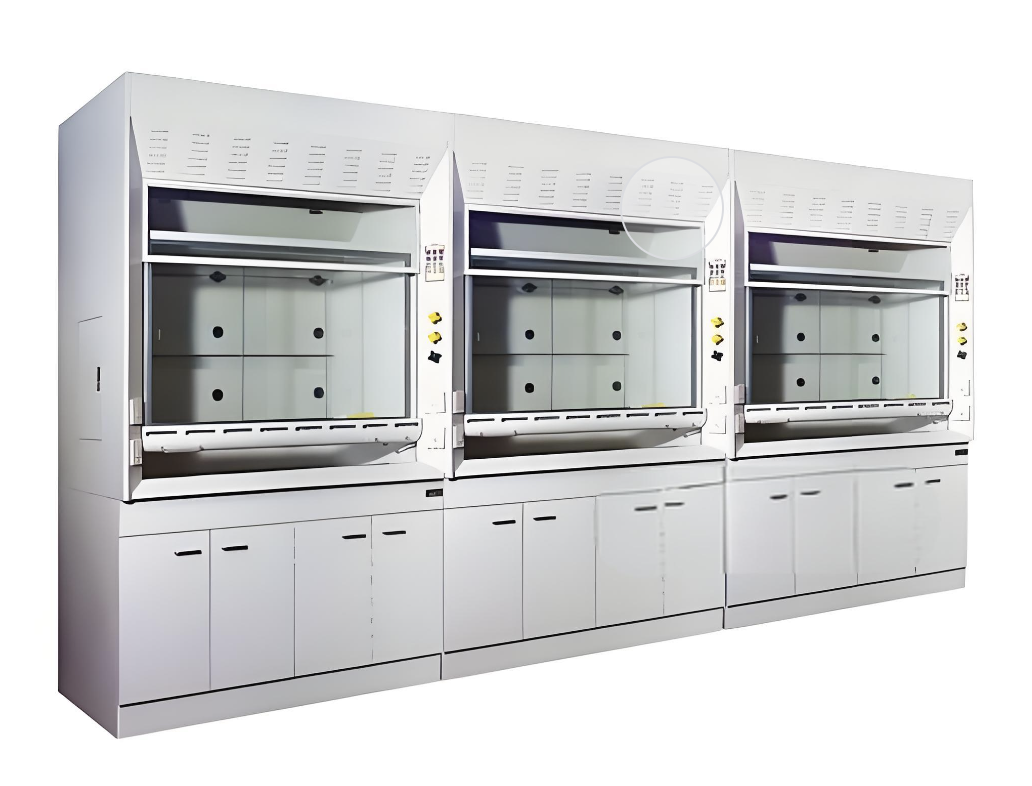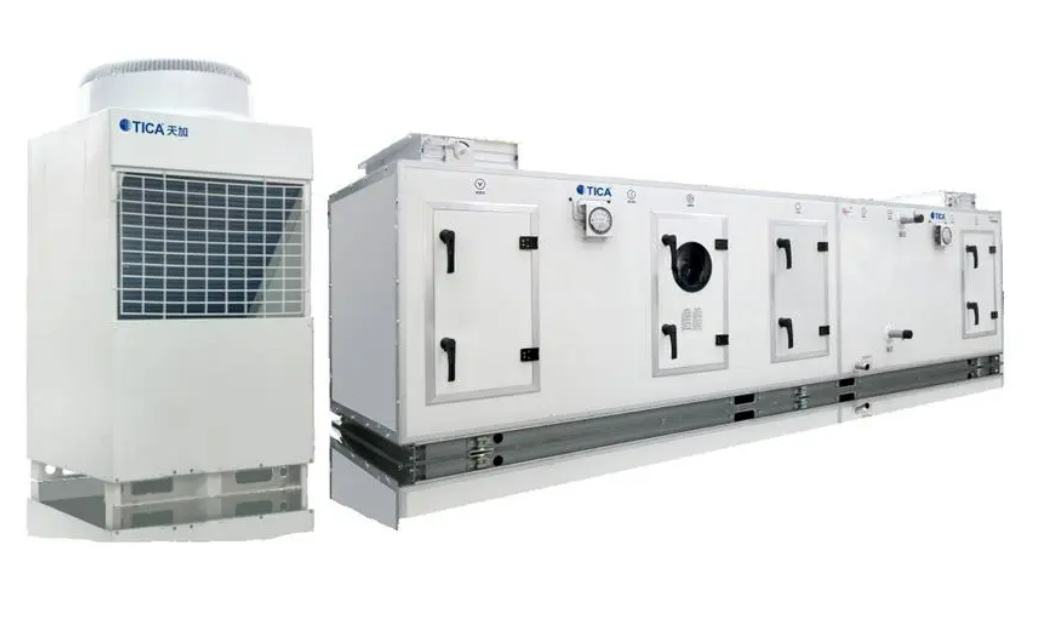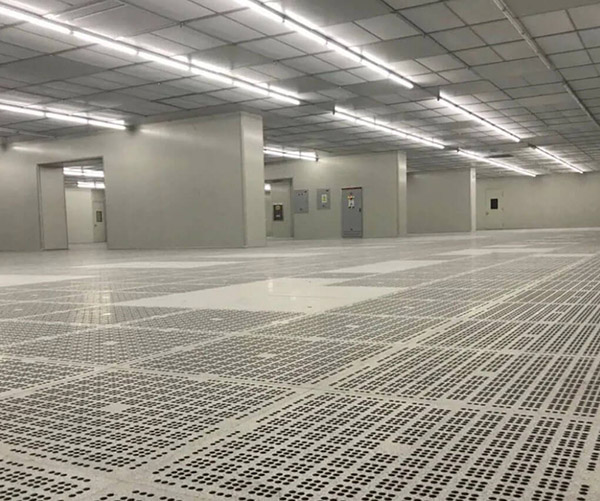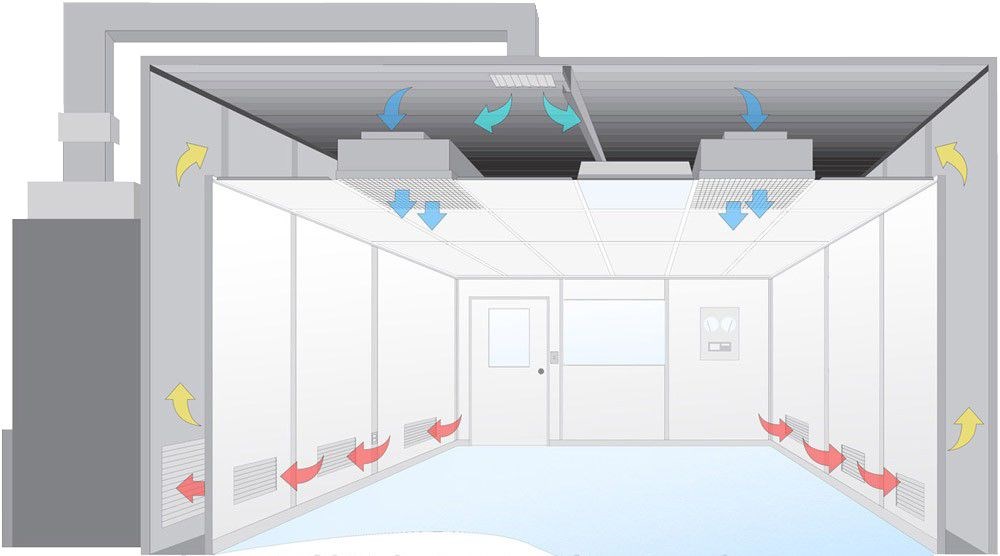Understanding Particle Counts in an ISO Class 5 Cleanroom
Meeting the stringent requirements for high-tech industries like pharmaceuticals and Semiconductor manufacturing
Cleanrooms are critical environments where even microscopic particles can compromise operations and product integrity. Meeting the ISO Class 5 standard requires strict monitoring and control of particulates, which is essential in high-tech industries like pharmaceuticals and semiconductor manufacturing.
ISO 14644-1 Standard Explained
iso 14644-1 is the international standard that defines CleanRoom Classifications by the number of particles per cubic meter of air. This stringent regulation ensures that environments maintain a high level of cleanliness suited to sensitive manufacturing processes.
| Particle Size (µm) | Maximum Particle Count (particles/m³) |
|---|---|
| 0.1 µm | ≤ 100,000 |
| 0.2 µm | ≤ 23,700 |
| 0.3 µm | ≤ 10,200 |
| 0.5 µm | ≤ 3,520 |
| 1.0 µm | ≤ 832 |
| 5.0 µm | ≤ 29 |
These figures emphasize the importance of controlling even the smallest particles to protect high-precision processes.
Importance of Particle Control
Effective particle control ensures that products are manufactured without contamination, a critical requirement in industries like biotechnology and aerospace.
The reduction of 0.5 µm particles to 3,520 per cubic meter helps ensure that microchips are free from defects or that pharmaceuticals maintain their intended efficacy and safety.
Contamination Prevention
Essential for sensitive manufacturing processes
Technological Integration
To meet these standards, cleanrooms integrate advanced technologies such as:
- HEPA Filtration: Removes 99.97% of particles at ≥0.3 µm
- Pressure Differential: Ensures cleanroom air is consistently renewed
- Airflow Management: Keeps contaminants at bay
These systems work together to maintain consistent environmental conditions, ensuring that particle counts stay within permissible limits.
Common Questions and Answers
Q: Why is particle count so crucial in an ISO Class 5 cleanroom?
A: Because even minute particles can affect the integrity and quality of high-tech products, necessitating strict control.
Q: How does HEPA filtration support compliance with ISO standards?
A: HEPA filters remove contaminants effectively, ensuring that cleanrooms remain within specified particle limits.
Conclusion
Maintaining an ISO Class 5 cleanroom means adhering to stringent particle thresholds across a range of sizes, ensuring the purity and reliability of industrial and laboratory processes. By incorporating advanced design principles and technology, organizations can create highly controlled environments that meet international standards.
References
- International Organization for Standardization. (2015). ISO 14644-1: Cleanrooms and Associated Controlled Environments.
- U.S. Food & Drug Administration Cleanroom Standards.
- Deiiang™, Cleanroom Innovation Guidelines.
- Federal Standard 209E (Now Superseded by ISO).
- The Institute of Environmental Sciences and Technology (IEST), Cleanroom Classification Guidelines.
By understanding and controlling these factors, industries can safeguard product quality, enhance safety, and ensure regulatory compliance.
© 2023 Cleanroom Standards Guide
 +86 18186671616
+86 18186671616 Jason@cleanroomequips.com
Jason@cleanroomequips.com
 MENU
MENU
